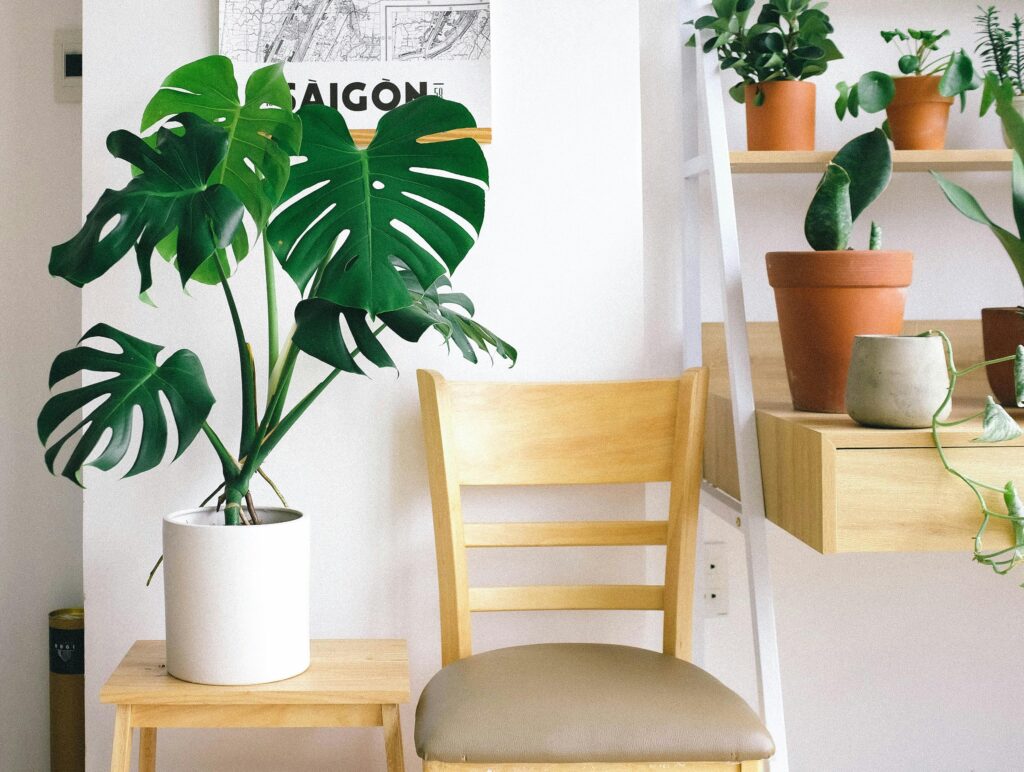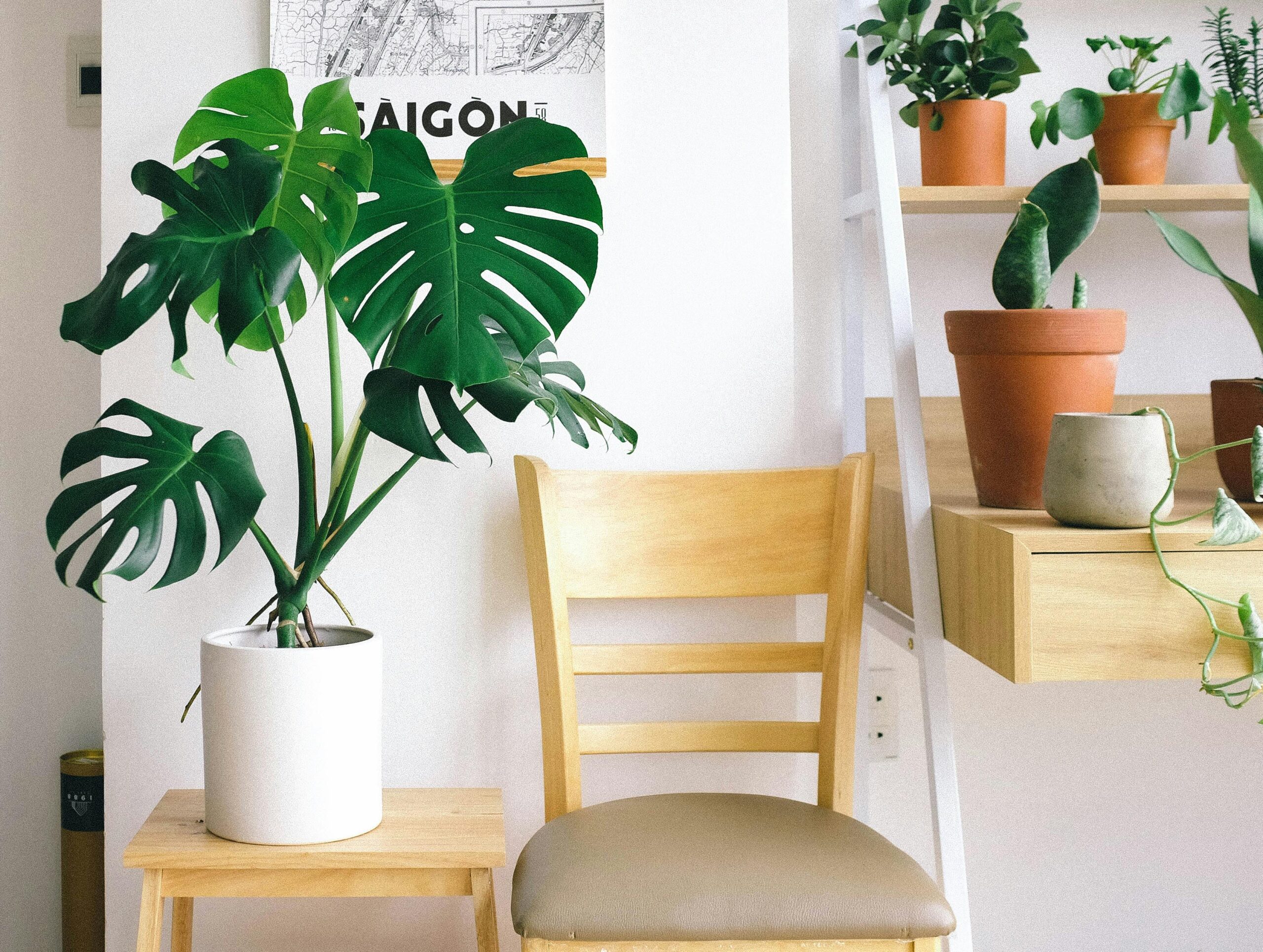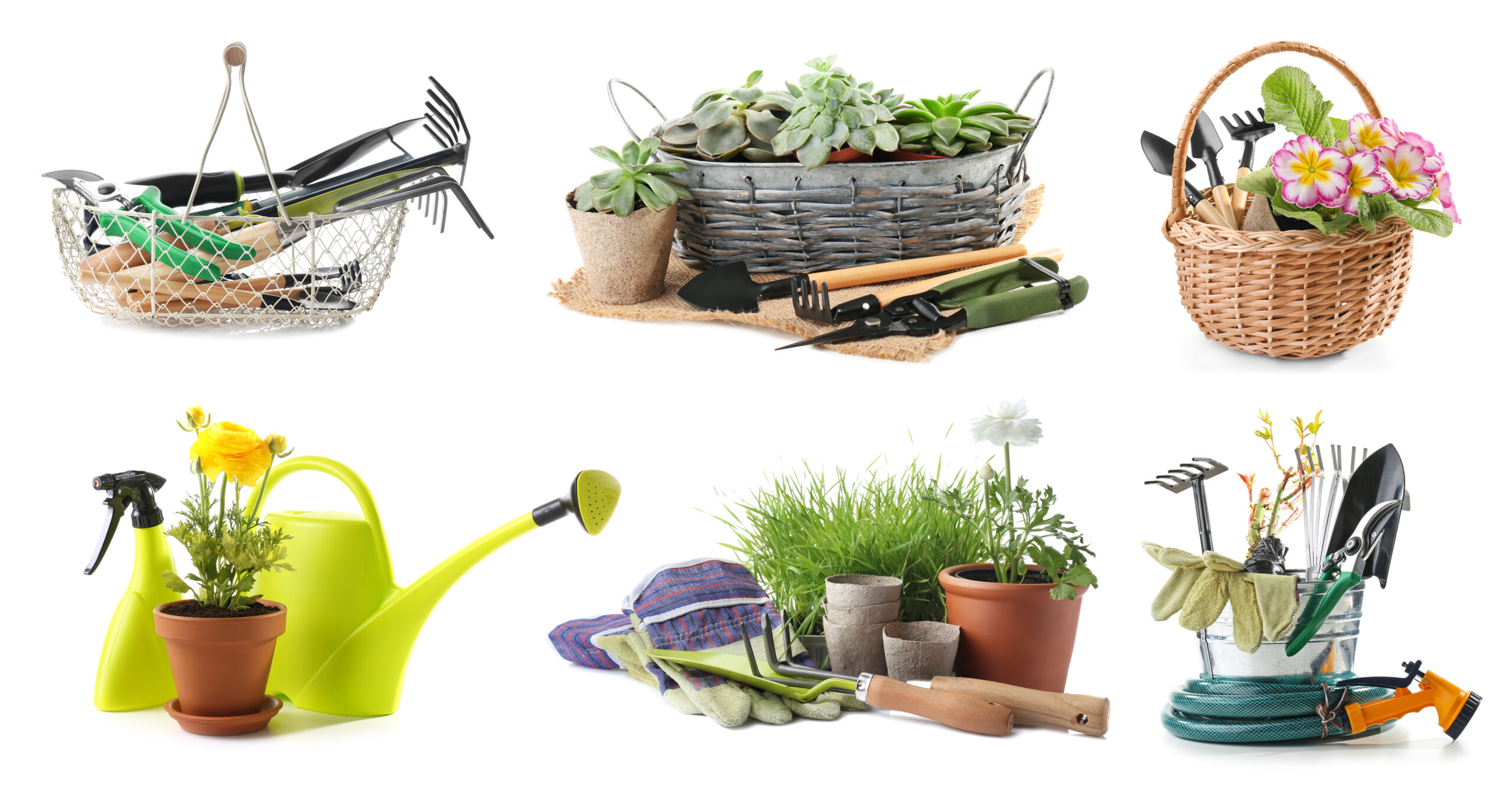
Understanding Light Requirements
Each indoor plant has its own specific light requirements, which can be broadly categorized into high, medium, and low light preferences. High light plants are typically those that thrive in direct sunlight, such as succulents and cacti, which originate from sunny, arid environments. Medium light plants, like peace lilies and philodendrons, prefer bright, indirect light. Low light plants, including snake plants and ZZ plants, can thrive even in dimly lit corners of your home. Recognizing and meeting these light needs is crucial for the health and vitality of your indoor garden.
The Importance of Natural Light
Natural light is the best source of illumination for indoor plants, providing the full spectrum of light that plants use for photosynthesis. South-facing windows offer the most consistent light throughout the day, ideal for plants with high light needs. East and west-facing windows can provide medium light, suitable for a wide range of plants. North-facing windows, receiving the least amount of light, are perfect for low light plants. Understanding the orientation of your windows and the quality of light they receive can help you place your plants in their ideal conditions.
Supplementing with Artificial Light
In situations where natural light is insufficient, artificial lighting can provide a valuable supplement. Grow lights, specially designed to mimic the spectrum of sunlight, can support plant growth in darker areas of your home. LED grow lights are particularly efficient, offering a full spectrum of light while consuming less energy and producing minimal heat. When using artificial light, positioning and duration are key factors; plants generally need 12-16 hours of light per day, mimicking the natural cycle of day and night.
Adjusting for Seasons and Plant Growth
The intensity and duration of natural light change with the seasons, affecting the light conditions within your home. During the shorter days of fall and winter, you may need to supplement with artificial light or move plants closer to windows to ensure they receive enough light. Conversely, in the bright summer months, some plants might require shading to protect them from too much direct sunlight. Additionally, as plants grow, their light needs can change; regularly assessing and adjusting their placement can help optimize their health and growth.
The Role of Curtains and Blinds
Curtains and blinds play a significant role in managing light exposure for indoor plants. Sheer curtains can diffuse bright sunlight, preventing leaf burn in sensitive plants. Conversely, opening blinds or pulling back curtains can maximize winter light for all plants, especially those craving more sunshine. Using adjustable window treatments allows you to create the ideal light environment for your plants throughout the day and across different seasons.
Reflecting Light to Enhance Brightness
Maximizing light in indoor spaces can also be achieved through strategic placement of reflective surfaces. Mirrors, white walls, and even reflective trays under plants can help bounce light around a room, increasing the overall light intensity. This technique is particularly useful in darker corners or north-facing rooms, ensuring that plants receive adequate light from all angles for balanced growth.
Monitoring Plant Responses to Light
Plants will often tell you if they’re getting too much or too little light through their leaves. Signs of too much light include scorched or faded leaves, while insufficient light may cause leggy growth, leaning towards the light source, or a lack of flowering in blooming plants. Regularly monitoring your plants and being responsive to these signs can help you adjust their light conditions before any serious damage occurs.
Creating a Light Schedule
Just as plants benefit from a regular watering schedule, they also thrive on a consistent light schedule. This is especially important when using artificial light, as too much can overwhelm your plants, while too little may stunt their growth. Creating a light schedule that mimics the natural rise and set of the sun can help regulate your plants’ internal clocks, supporting healthy growth cycles and flowering patterns.
Proper lighting is essential for the health and happiness of indoor plants. By understanding and adjusting to the unique light requirements of each plant, you can ensure your indoor garden flourishes, bringing a touch of nature’s beauty into your home.



